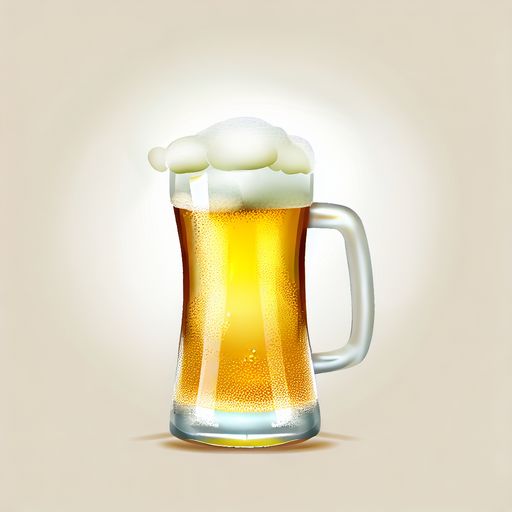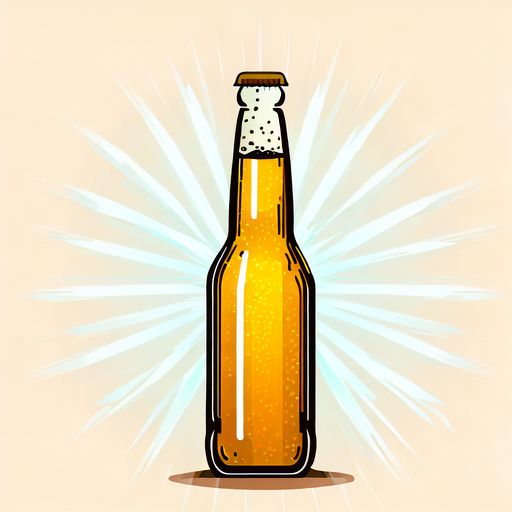How Much Alcohol is in Non-Alcoholic Beer?
Beer is one of the most popular alcoholic beverages, with people enjoying its hoppy, malty taste. However, some wish to enjoy the flavor and experience of drinking beer without consuming alcohol. This desire has led to the increasing availability of non-alcoholic beer, providing beer’s taste while avoiding its alcohol content.
What Is Non-Alcoholic Beer?
Non-alcoholic beer is defined as beer with little to no alcohol content. The term “non-alcoholic” indicates that the alcohol by volume (ABV) in the beer is under a certain legal threshold. In the United States, non-alcoholic beers must contain less than 0.5% ABV to be labeled as such.
Some non-alcoholic beer companies advertise 0.0% ABV products. However, small amounts of alcohol can still be present but fall below rounding thresholds for nutritional labels. Non-alcoholic beers may also be referred to as near beers, low-alcohol beers, or alcohol-free beers.
The quality and variety of non-alcoholic beers have improved substantially over the years. While they previously had a reputation for poor taste, many flavorful options are now available that closely mimic the taste of alcoholic beers.
Brief History of Non-Alcoholic Beer

Non-alcoholic beer has its origins in small beer, which was popular in Medieval Europe. Small beer was made from the second runnings of the mash during the brewing process and naturally had lower alcohol content due to fewer fermentable carbohydrates.
During Prohibition in the early 20th century United States, non-alcoholic beer gained significant popularity. The Volstead Act restricted permissible alcohol content in beverages to no more than 0.5% ABV, laying the groundwork for today’s non-alcoholic beer alcohol limits.
How Much Alcohol is in Non-Alcoholic Beer?
By legal definition in the United States, non-alcoholic beers must have less than 0.5% ABV. Most major brands comply with this restriction. The alcohol content is similar to that found naturally in common foods like bananas and burger rolls.
Achieving 0.5% ABV or lower requires precise brewing techniques. Some producers are able to reach 0.0% ABV by completely eliminating alcohol content during processing. However, variability exists among brands, so checking labels is recommended if avoiding alcohol is a priority.
How to Make Non-Alcoholic Beer
Non-alcoholic beer starts with similar ingredients to traditional beer, including water, yeast, hops, and grains like barley, wheat, or rice. The key difference lies in the brewing process.
Common techniques to reduce alcohol content include restricted fermentation, filtering alcohol after brewing, and heating to evaporate alcohol. Special yeasts have also been developed to limit alcohol production during fermentation.
Major Advantages of Non-Alcoholic Beer
For many, the main appeal of non-alcoholic beer is enjoying the familiar flavor profile of beer without alcohol’s potential downsides. It provides beer’s taste without negative health effects or intoxication.
Additional advantages of non-alcoholic beer include fewer calories than alcoholic varieties, no alcohol-related toxins, and positive impacts on blood sugar regulation. Thanks to the low alcohol content, non-alcoholic beer may also work as a mixer for cocktails.
Can Pregnant Women Drink Non-Alcoholic Beer?
Concerns exist around pregnant women consuming non-alcoholic beer, though research is limited. Comprehensive studies on the impacts of non-alcoholic beer during pregnancy are lacking.
Alcohol consumption during pregnancy is known to cause risks like fetal alcohol spectrum disorders. However, the risks of small amounts of alcohol from non-alcoholic beers remain unclear. Until more research emerges, caution is advised for pregnant women considering non-alcoholic beer.
Frequently Asked Questions
Can you get drunk from non-alcoholic beer?
No, the maximum 0.5% ABV in non-alcoholic beer is far too low to cause intoxication. You would need to drink extremely large quantities to reach any noticeable level of impairment.
What does alcohol-free mean?
“Alcohol-free” is generally used to designate beers with 0.0% ABV. However, many countries still consider beers with less than 0.5% ABV alcohol-free for legal and labeling purposes.
Is non-alcoholic beer healthy?
Non-alcoholic beer provides some health benefits over alcoholic varieties, including fewer liquid calories and no alcohol-related toxins. It may also help with blood sugar regulation. However, it should still be consumed in moderation.
How does non-alcoholic beer differ from regular beer?
Non-alcoholic beer goes through an altered brewing process to reduce or eliminate alcohol content. Otherwise, it uses similar ingredients to regular beer and aims to mimic its flavor profile without alcohol.
Conclusion
Non-alcoholic beer, by legal definition, contains less than 0.5% ABV. Leading brands use innovative brewing techniques to produce beer taste with minimal or no alcohol. For those looking to avoid alcohol while enjoying a beer-drinking experience, non-alcoholic beer presents an appealing option.
Non-alcoholic beer has come a long way from its reputation for poor taste and limited options. The category now offers flavorful variety without alcohol’s potential downsides. We encourage you to explore non-alcoholic beers to find ones that satisfy your preferences. You may discover a refreshing way to enjoy beer’s taste without the alcohol content.






